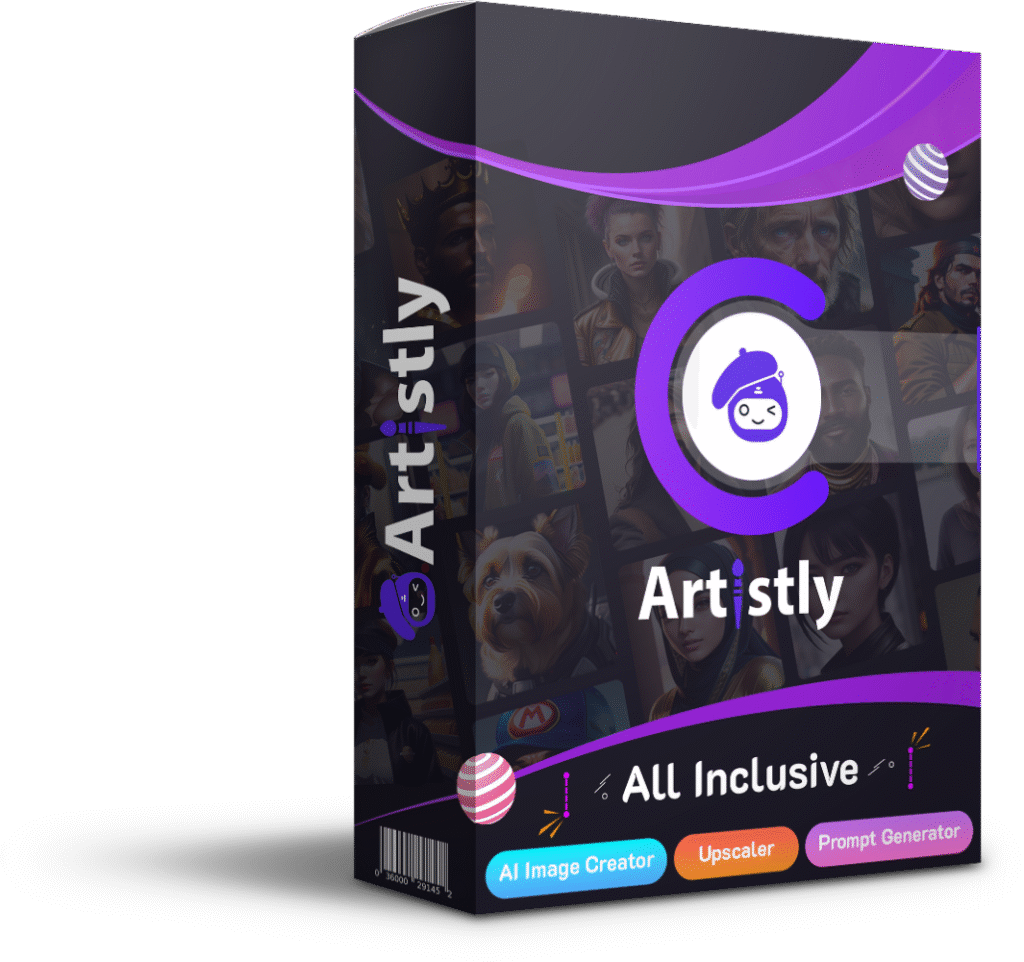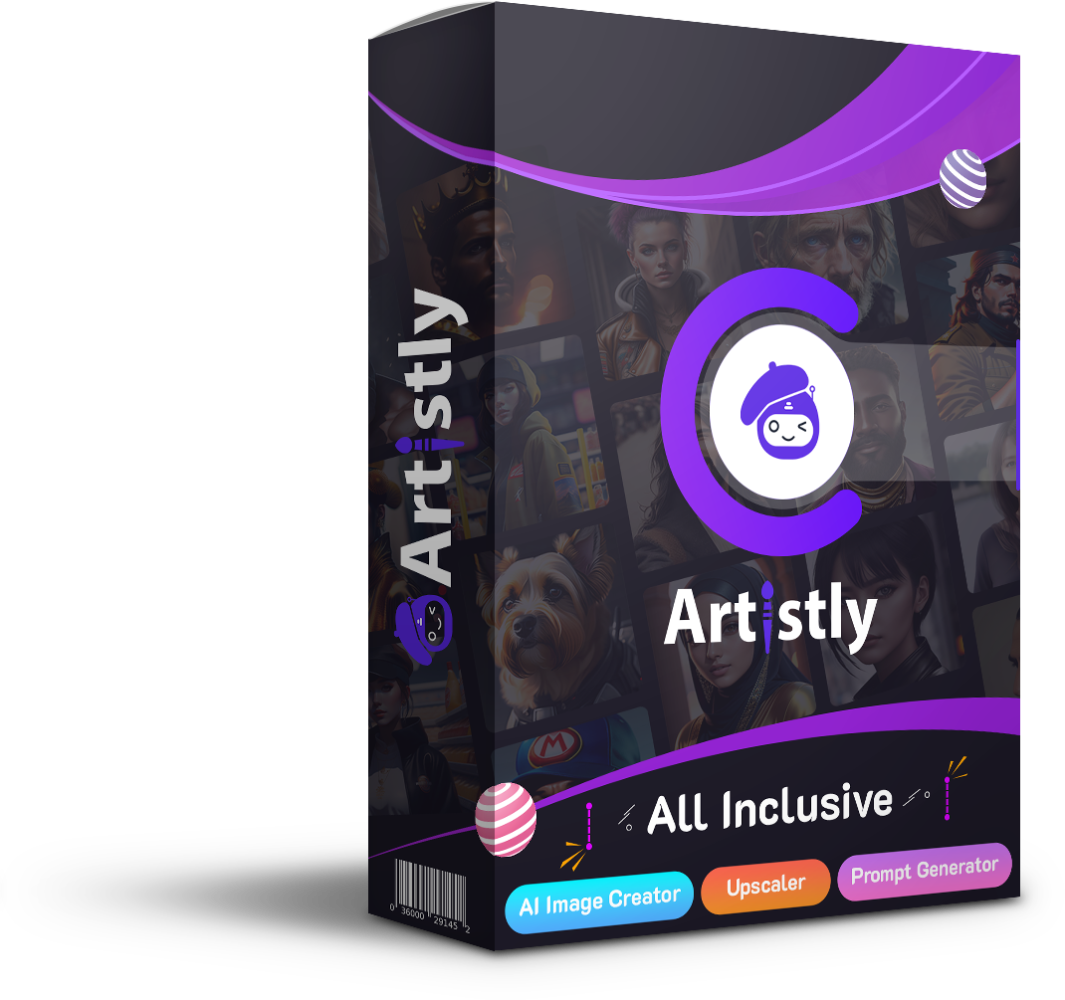Artificial Intelligence has revolutionized the creative landscape, and Artistly AI is at the forefront of this transformation. As one of the most innovative AI art generators available today, Artistly combines advanced machine learning models with an intuitive user experience to produce stunning, expressive digital artwork. But what exactly powers Artistly’s creativity? In this deep dive, we’ll explore how Artistly AI works, examine the core components of the Artistly AI engine, and uncover the technology that sets it apart in the competitive world of AI art generator technology.
Introduction: The Rise of AI in Art

AI-generated art has gained significant traction in recent years, with platforms like MidJourney, Leonardo, and DALL·E pushing the boundaries of what’s possible. However, Artistly has carved out a unique niche by focusing not just on realism or surrealism, but also on emotional expressiveness, nuanced postures, and user control.
To appreciate what makes Artistly so powerful, we need to delve into the AI technologies that drive it. From transformer-based models and diffusion processes to neural style transfer and advanced prompt engineering, the Artistly AI engine is a blend of cutting-edge innovations and finely tuned design.
The Core: How Artistly AI Works
At its heart, Artistly AI is powered by a custom-trained diffusion model — a generative algorithm that starts with pure noise and gradually refines it into a coherent image based on user prompts. Let’s break down this process:
1. Text-to-Image Synthesis Using Diffusion Models
Diffusion models, especially latent diffusion models (LDMs), form the foundation of the Artistly AI engine. These models work by iteratively removing noise from an image in a latent space, guided by text input from the user.
- Latent Space: Artistly doesn’t operate in the pixel space. Instead, it uses a compressed latent space where it can manipulate and synthesize images more efficiently and creatively.
- Prompt Conditioning: The user’s input prompt is converted into a series of numerical representations using a language model (like CLIP or a custom transformer). This guides the image generation toward a specific vision.
2. Custom Training and Fine-Tuning
While many AI art generators rely on open-source models, Artistly sets itself apart by training and fine-tuning its models on proprietary datasets. This includes:
- Diverse Pose and Expression Data: Artistly has focused heavily on training its model to understand human posture, anatomy, and facial emotion. This allows for better variation in body language and character expression.
- Style Diversity: From anime to realism and surrealism, Artistly has fine-tuned its models to understand and replicate different artistic styles with remarkable accuracy.
3. Prompt Engineering and Context Awareness
Artistly’s engine is highly responsive to natural language, which is a testament to its integration with transformer-based language models. These models:
- Parse complex prompts
- Interpret descriptive modifiers (e.g., “soft lighting”, “dynamic pose”, “cinematic mood”)
- Understand contextual relationships (e.g., “a child looking at the moon with wonder”)
This allows the AI to generate results that align closely with user intentions, offering more creative control.
Behind the Scenes: Components of the Artistly AI Engine
Understanding how Artistly AI works means exploring the internal components that power its capabilities. Here are the primary layers and technologies in the Artistly AI engine:
1. Text Encoder (CLIP-Based)
The engine uses a CLIP-like model to encode the input text into a semantic space. This allows the AI to align linguistic input with visual output effectively.
2. Latent Diffusion Generator
This is the generative core. It takes the encoded prompt and generates images in a compressed latent space. The process includes:
- Noise Initialization: Starting from random noise
- Iterative Refinement: Reversing the noise process to generate an image
- Guidance: Using classifier-free guidance to steer generation based on prompt relevance
3. Image Decoder
Once the latent image is ready, it is decoded into a full-resolution image. Artistly uses a high-fidelity decoder optimized for color accuracy, sharpness, and style adherence.
4. Style Adapter Modules
These modules help Artistly achieve stylistic consistency. Whether a user wants a digital painting, comic style, or hyperrealistic photo, the model adapts style templates accordingly.
What Sets Artistly AI Apart?
With so many players in the AI art generator market, what makes Artistly unique? The answer lies in a combination of technological innovation and user-centric design.
1. Superior Human Anatomy and Expression Rendering
Thanks to its unique dataset and focused model training, Artistly excels at capturing the subtleties of human anatomy. This is particularly visible in:
- Natural body postures
- Expressive faces
- Hand and finger detail (a known challenge for AI art)
This makes Artistly especially popular among digital illustrators and concept artists.
2. High Variation in Outputs
Unlike some generators that produce repetitive or overly similar results, Artistly’s AI engine introduces controlled randomness and diverse composition strategies. This ensures that:
- Multiple generations from the same prompt yield varied but coherent images
- The user receives more creative options with each prompt
3. Prompt Responsiveness and Clarity
Artistly’s model is deeply integrated with NLP advancements. This allows it to:
- Understand nuanced phrasing
- Combine multiple concepts (e.g., “a knight riding a dragon during sunset in a Van Gogh style”)
- Respond to complex scene structures
4. Speed and Efficiency
The Artistly AI engine is optimized for both speed and quality. It supports:
- Near-instant preview generation
- High-res outputs up to 4K without long wait times
- Efficient memory usage through compressed latent space generation
5. Custom Fine-Tuning and Style Transfer
Artistly also supports artist-specific model customization. This allows professionals to fine-tune the AI on their own portfolio, generating new art in their personal style — a powerful tool for brand consistency and creative expansion.
The Role of AI Art Generator Technology in Artistly’s Innovation
Artistly’s competitive edge lies in how it implements and expands upon existing AI art generator technology. Here’s how:
A. Transformer Models and Vision-Language Learning
Transformer architectures (similar to GPT and BERT) are used to enhance the alignment between text prompts and image outputs. Artistly likely uses a dual-encoder model — one for text, one for images — to find the most accurate intersection of language and vision.
B. Dynamic Prompt Interpretation
Rather than treating prompts as static inputs, Artistly continuously learns from user interactions, refining how prompts are interpreted over time. This makes its model progressively smarter.
C. GAN-Free Generation
While many early AI generators used GANs (Generative Adversarial Networks), Artistly opts for diffusion, which provides:
- Better image coherence
- Smoother gradients
- Fewer visual artifacts
This is crucial for professional-quality output.
Use Cases: Why Technical Superiority Matters
The robust technology behind Artistly is not just impressive — it’s useful. Here’s how it translates into real-world benefits:
- For Illustrators: Rapid ideation and variation in poses, expressions, and styles
- For Game Developers: High-quality concept art that reflects detailed prompts
- For Marketers: Custom, brand-aligned visuals without outsourcing
- For Educators: Visual aids that are responsive to thematic instructions
The Future of Artistly and AI Art Generators
As AI art generator technology continues to evolve, Artistly is well-positioned to lead the charge. Upcoming features expected from such platforms may include:
- 3D Scene Generation: Creating assets for gaming and animation
- Transparent Background Support: Essential for compositing
- Interactive Prompt Feedback: Real-time suggestions for better image output
- Voice-to-Art Capabilities: Using audio input to generate visual scenes
Artistly’s modular engine architecture means it can adapt quickly to integrate these advancements.
Conclusion
The magic behind Artistly AI is not magic at all — it’s a sophisticated blend of machine learning, language processing, and computer vision. By understanding how Artistly AI works, users can better harness its capabilities to create art that is not only visually stunning but deeply aligned with their creative vision.
With its innovative diffusion model, responsive prompt interpretation, and unmatched variation in artistic output, Artistly stands as a testament to the power of modern AI art generator technology. Whether you’re an artist, designer, or creative enthusiast, exploring the technology behind Artistly gives you a new appreciation for how far generative AI has come — and where it’s headed next.

